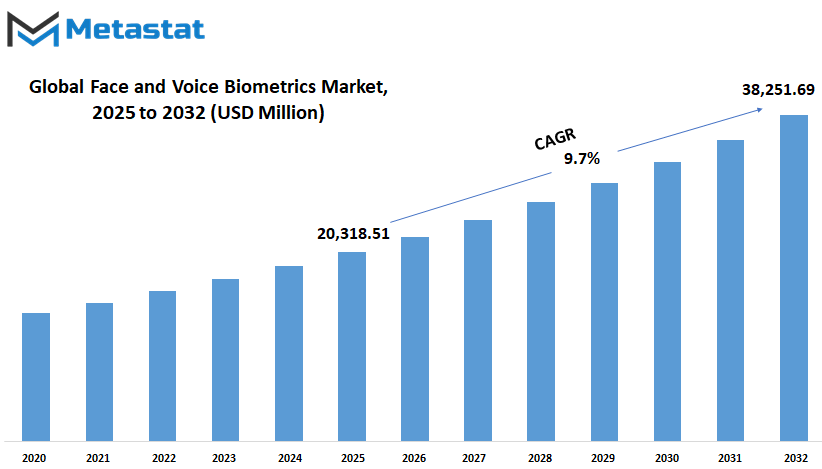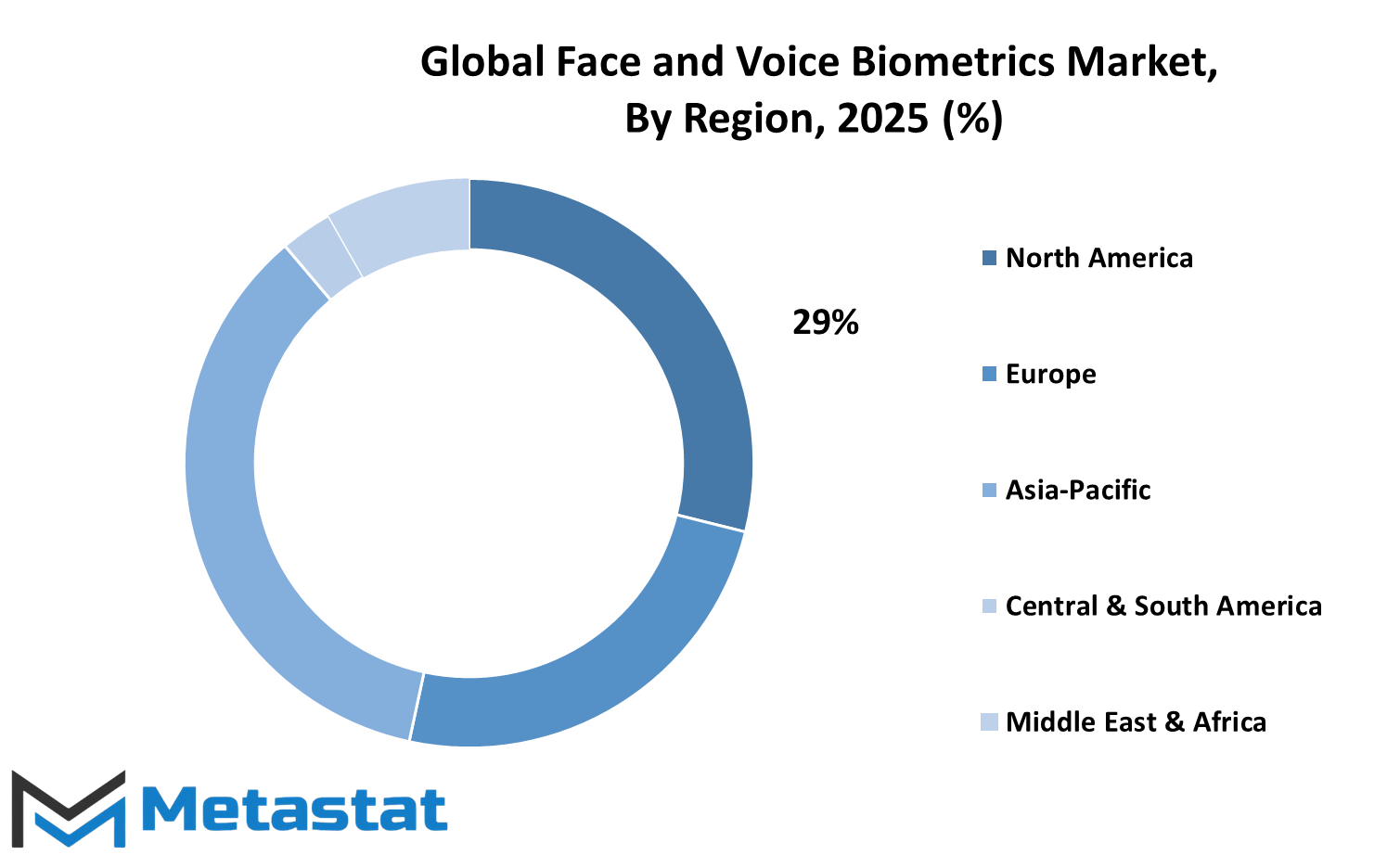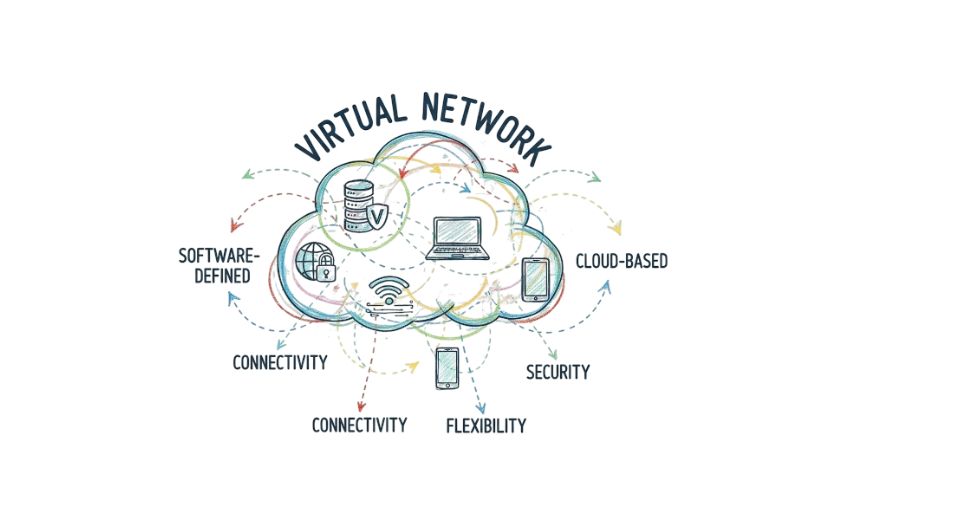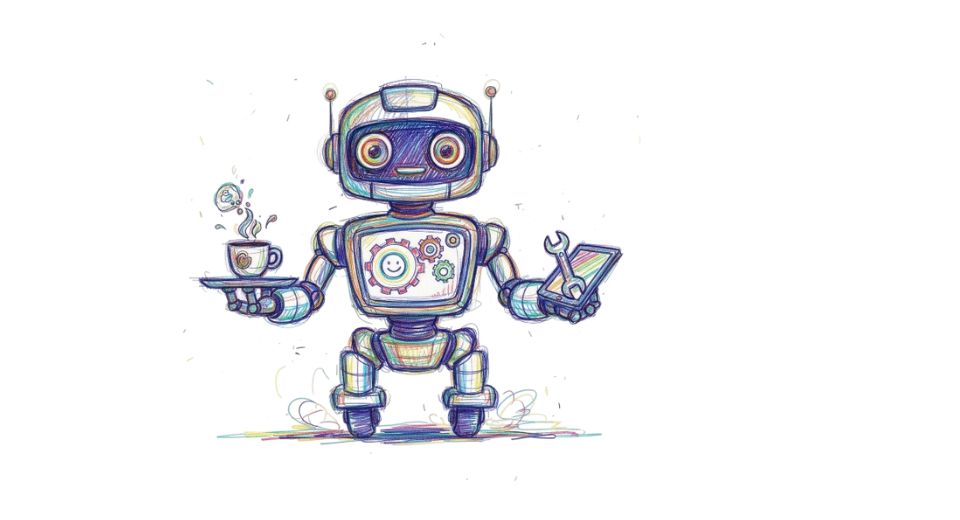MARKET OVERVIEW
The Global Face and Voice Biometrics market within the identity verification and security technology industry will continue to gain relevance as organizations pursue advanced methods to authenticate users with greater accuracy and convenience. This space is fundamentally focused on the deployment of biometric systems for facial patterning and vocal characteristics formation as a two-pronged approach for identity validation. Rather than focusing on knowledge-based parameters of authentication, such as passwords and PINs, this sector introduces parameters innate to the user, hence going for nontransferable, user-specific verification means.
Technology in the Global Face and Voice Biometrics market will evolve and create a number of applications secure access control and seamless customer onboarding for the banking, healthcare, and government services. These biometrics will not just be used for authentication alone but also for passive identification wherein identity is verified during interactions without any active contribution. Financial institutions, telecom organizations, and public sector entities shall look at how these tools can be used so that they may enhance their fraud prevention strategies while easing up customer service situations.
As digital interactions expand, so shall the Global Face and Voice Biometrics market, offering tools to align with a contactless and frictionless future. Face biometrics will focus on key facial landmarks and expressions analyzed through cameras and sensors, whereas voice biometrics will analyze speech patterns, tone, pitch, and cadence to obtain unique voiceprints for a given user. These technologies can work independently of one another or synergistically, allowing for the adoption of multi-parameter verification adaptable to different security level demands.
Global Face and Voice Biometrics market system providers will devise solutions that work right across devices and platforms from mobile phones all the way to smart kiosks and remote service points. Given that usage patterns shift towards hybrid work mode and online service delivery, biometric technology that ensures similar user experiences at all times and across all device intersections will be adopted by institutions. This in turn will influence how vendors design their software architectures with an emphasis on interoperability, real-time processing, and storing biometric data in encrypted form.
The future of the Global Face and Voice Biometrics market will be shaped by increasing emphasis on user agreement, data protection, and ethical implementation. In turn, regulatory authorities shall initiate frameworks that provide rules on the use of biometric identifiers, thereby coercing developers and organizations into privacy-first models. This, therefore, implies that biometric engines must come with privacy-enhancing technologies, which would either anonymize or decentralize the biometric data without compromising the standards of performance.
Global Face and Voice Biometrics market is estimated to reach $38,251.69 Million by 2032; growing at a CAGR of 9.7% from 2025 to 2032.

GROWTH FACTORS
The Global Face and Voice Biometrics market seems to be heading for tremendous growth in the coming years, according to researchers. This will mirror a rise in demand for more secure and easy authentication solutions across industries, with digital banking and mobile devices being the most pronounced. As more and more people turn to digital platforms for transactions and communication, their needs for reliable security measures seem to multiply exponentially. Face and voice biometrics, therefore, provide very credible, easy-to-use, yet hard-to-bypass authentication techniques. This is going to ensure not only security enhancement but also improvement of the user experience by reducing the scope for old methods of using passwords and PINs.
As more and more people adopt biometric systems, governments and law enforcement agencies will also be turning towards biometrics to reinforce their security measures. The ability to identify people quickly and accurately is essential in law enforcement and border control, as conventional methods have poor speed and susceptibility to errors. The use of biometric systems by governments is becoming popular in handling identity verification processes, from national ID programs to accessing public services. All these applications will significantly boost the biometric market and be among the major drivers in the growth of such a market.
Nevertheless, though the potential seems bright, there are significant challenges that may inhibit the growth trajectory of the Global Face and Voice Biometrics market. One of such major challenges is privacy. The more biometric data is collected and used, the more anxious the persons providing it become about the storage of this sensitive information and whether it can be misused or compromised. Such a concern has led to calls for greater regulations or protections on how biometric data are managed. Moreover, high implementation costs of biometric systems may border such a disadvantage for small organizations or low-income organizations. Technical issues that tend to slow down the adoption of biometric systems also arise with integrating biometric systems with existing legacy systems.
However, advances in artificial intelligence are going to create new opportunities for the biometric market. More AI-driven biometric systems seem to have great improvement in speed and accuracy of authentication. As they tend to combine face recognition and voice identification authentication methods, multi-modal systems would be widely developed since they improve total user experience and provide an added level of security. Innovations such as these would surely open the door wide for future adoption of biometric systems within companies and organizations, made much more feasible for the majority of industries and applications.
Looking at the Global Face and Voice Biometrics market in the future, things will be bright as the adoption increases for better security and convenience. Existing challenges such as issues revolving around privacy and integration difficulties may remain, but technological advancements will still continue to serve significant grounds for shaping this industry.
MARKET SEGMENTATION
By Type
The Global Face and Voice Biometrics market is anticipated to grow significantly with technological advancement and the advent of new applications. With security issues being global growing concerns, biometric systems are an integral part of different industries, mainly areas that need identity verification. With time, applications on both faces and voices will emerge in banks, healthcare, and law enforcement, among the places where it becomes critical and consequential to use the techniques.
This market exists with respect to the different biological types; examples are the two categories of conventional and mobile biometric systems. Basically, the term conventional system refers to biometric technologies by which face, or voice data is captured through specially installed hardware, for instance, cameras and scanners, for identification. They are positioned at places where identification requires an almost stable, secure environment, such as at an office, airport, or public facility. With increased sophistication of convention systems, improved accuracy and speed will allow for better user experience.
Conversely, mobile biometric systems are gaining recognition quite rapidly owing to their widespread availability through smart mobiles and wearables. It means people can carry such biometric systems with them, permitting the recording of voice or facial recognition in the course of everyday demands. Mobile technologies enable access to devices simply by glance or voice commands, and more is likely to come. The progressive development in mobile biometrics will gain acceptance in further activities performed daily, making it a popular choice among individuals and businesses alike. For example, authentication for online banking or verification identity through various apps will be safer and user-friendly, with voice and face biometrics on mobile devices becoming ever faster and more accurate.
There are predictions that both of these types of biometric systems will continue to play an essential role in the future in the Global Voice and Face Biometrics market. In future, traditional biometric systems will generally apply in highly secured places such as government buildings or airports, while usage for personal reasons will shift toward mobilization because of the convenience and flexibility that these technologies can afford. Both of these technologies will then work together to help people live in a safer and more efficient experience in everyday life, with the biometric system trusted by the masses for verification. The more industries adopt such solutions into their practices, the higher the increase in demand for advanced biometric systems, forcing more innovation and growth within the market.
By Technology
At the present time, with a shift towards advanced and secure means of identity verification, the Global Face and Voice Biometrics market is running against the grain of identity verification methods. The needs for such applications are increasing to attain rapid and accurate identification. Rapid growth in the market is anticipated as a result of growing security concerns, digital transformation, and needs for comfort. Whilst several other technologies will cause a Tsunami of transformation to this market, Face Biometrics and Voice Biometrics are likely to be in the lead.
In the near future, Face Biometrics will be an important player in security for identifying individuals by their facial characteristics. An important number of applications in different sectors-from phone companies to government services-are being designed with the convenience, accuracy, and speed of face testing in mind. As the reliability of facial recognition consolidates due to continuous improvements in technology, its assurance in identification across various uses will also grow. Besides access control purposes, it will expand to monitoring and enhancing the personal security of individuals in some crowded public areas.
The Voice Biometrics platform of services is destined to further grow as a highly reliable system for authentication. Biometric systems analyze unique voice attributes of an individual to ascertain that person's identity. As Voice Biometrics are used widely, this means it will be integrated more in applications that require active control, from smart speakers to voice-enabled assistants. It represents a hands-free and convenient means of verification that is particularly useful in environments where physical interaction may not always be possible. Voice Biometrics can also be integrated into customer service offerings with the dual advantages of boosting security for the business and enhancing the personalized experience for its user.
Both these respective disciplines will push advancements in this respect facing further challenges: Face Biometrics will evolve to become more adaptive to most changes in appearance over time, such as aging or putting on glasses, while also operating in practically any ambient light condition. In contrast, Voice Biometrics will evolve to zero in on the attributes of human voices and screen out background noise so that it can perform well in comparatively noisy environments. As the technologies down the line evolve, combined versions that will provide even more vigorous and safe identity verification methods are expected.
Eventually, in the Global Face and Voice Biometrics market, the integration will extend to these technologies in daily use. From securing private devices to public safety, solutions in these areas will change the way we verify identity and add value by allowing for a great deal of convenience, accuracy, and security in various sectors.
By End User
The Global Face and Voice Biometrics market steadily gathers prominence, its growth prospects being shaped by various sectors that are now increasingly reliant on these technologies for security and identification applications. In the near future, these biometric systems would foster enhanced security management by businesses and governments while at the same time allowing seamless security for everyday interactions. As a result, there is a rising demand for effective, accurate identification methods, with various sectors turning toward face and voice biometrics to suit these demands.
In the Banking, Financial Services, and Insurance (BFSI) sector, face and voice biometrics will enhance security. These sectors handle delicate financial transactions that require maximum security; therefore, robust security measures are extremely necessary in this regard. Financial institutions may outsource biometric systems to provide more secure contactless authentication in the years to come. It assures safety against fraud and identity theft. Hence, it will give faster and safe access to customer accounts, becoming the bedrock of digital banking.
Governments would also be relying on biometrics for a growing number of uses, from managing national identification databases to border control. Governments around the world are moving to secure its citizens and to streamline public services, and so it shall be facial and voice recognition for immediate and accurate verification of identified citizens. This technology shall assist in areas such as voter registration, tax collection, and the distribution of welfare to ensure that government services reach the right individuals only.
For law enforcement agencies, face and voice-biometric systems have begun changing case investigations. This rapid and accurate identification of a suspect via pleural methods such as facial recognition or voice analysis will become much more important in future investigation scenarios where time and accuracy have become paramount. One great application in the future will mean the fostering of these technologies for real-time surveillance and identification, thereby uplifting security in public scenes and events.
The military and defense would add more utility for these systems for security purposes since biometrics provide paramount security in risk-prone situations. A tactical military application for face recognition and voice biometrics would, therefore, enhance identification so that only personnel authorized to do so can access sensitive information or locations.
Biometrics in healthcare services would assist in verifying patient identification for the delivery of care and the protection of medical records. As telemedicine becomes more widespread, it will be essential to identify patients remotely in order to prevent fraud and protect confidentiality.
|
Forecast Period |
2025-2032 |
|
Market Size in 2025 |
$20,318.51 million |
|
Market Size by 2032 |
$38,251.69 Million |
|
Growth Rate from 2025 to 2032 |
9.7% |
|
Base Year |
2024 |
|
Regions Covered |
North America, Europe, Asia-Pacific, South America, Middle East & Africa |
REGIONAL ANALYSIS
The Global Face and Voice Biometrics market appears to be headed toward being an increasingly vital mechanism with regard to security and identification across regions. The more the world is digitized and moves away from older modalities, the stronger the demand is going to be for tools that can both encapsulate and verify unique physical and vocal traits through identity. More than just seeking improvements to convenience, these technologies are indeed seen as required solutions to increasing concerns around data protection and personal security. Evaluating how various parts of the world have begun to prepare themselves to meet this shift gives you a good idea of where the market is going.
Adoption of face and voice biometrics is already underway in North America. The early mass users of the U.S. and Canada with regard to such technologies have been attracted mostly to banking, government services, and more applications over mobile devices. With the growing number of people seeking their personal accounts to gain access quickly but securely, this solution will be playing a larger role. Mexico is expected to join this market as well, driven by increased access to digital media and growing awareness of data privacy and safety issues. With the most robust support for technology-based solutions, this region will be committed to leading the innovation process in this field.
Europe is likely to remain one of the most important regions in the Global Face and Voice Biometrics market. Germany, the UK, and France, for example, are making great efforts to strike a balance between security and privacy. Well-integrated biometric technology should suit this objective as it allows access without the need for carrying physical items, as in the case of cards and passwords. As rules become standardized and companies seek security of data under these solutions, interest will begin to do very well among end consumers. Even smaller countries across the region are likely to follow similar paths as systems become easier to implement and use.
The region that is expected to drive growth is Asia-Pacific. High populations and rapid digital development are likely contributing to the fact that even in life- things like payment systems and traveling in India and China adopt face and voice recognition. Japan and South Korea are catching up and quickly because of their strong technology industries to advance improved biometrics. At its height and extent, as digital services expand, so too does the need for speedy and secure identification throughout this region.
This is still an up-and-coming market in South America, yet changes are underway. With biometric solutions quickly moving toward public and private services, Brazil and Argentina are beginning to understand biometrics and their applications. These include online security breaches that are continually increasing with rising internet usage as another factor driving businesses to this type of system. The developments of the Middle East and Africa will keep shifting toward enhancing security and speed in service delivery. Nations such as those in the United Emirates, Egypt, and South Africa are beginning to acquire systems that will enable the safe handling of identification in areas of banking, travel, and government services, thus enabling the acceleration of the forward movement of this market.

COMPETITIVE PLAYERS
The global face and voice biometrics market shall continue to grow steadily with the advent of digital safety measures across industries. Risks persist with increasing concerns regarding privacy, fraud, and identity theft, leading businesses and governments to find safer as well as more accurate identification methods. Face and voice technologies combine ease and safety because they use features that form part of who a person is instead of passwords or physical tokens that can be lost or stolen. This natural approach to identity checking increases trust and will probably blend within the daily living routine.
As demand will rise, competition will also widen amongst the companies within the sphere. The businesses that develop these technologies will advance their accuracy and speed very much. Among the key players, Accu-Time Systems Inc and AcSys Biometrics Corp. will probably continue their momentum in workplace and access control tools. These tools will further get importance as more categories turn to safeguarding their digital and physical arenas. Sensory Inc. looks toward making voice recognition smoother for personal devices as increasing user experiences possible without a drop in security. The aforementioned trend will probably maintain momentum as smart devices for homes and mobile applications continue to proliferate.
Cognitec Systems GmbH and SAFRAN Group are also among leading actors improving facial recognition in high-traffic public venues such as airports and stadiums. Such tools would become helpful in crowd management and identity verification without delays. Daon Inc and Neurotechnology are fast making entry into the financial services sector, having stable positions concerning speed and security in identity capture. However, resolving online banking and payment transactions using a face or voice would eventually become the norm. NEC Corporation of America and Siemens AG are reputable international suppliers of large-scale security solutions and would also likely take a leading position in public sector projects.
There is also space for small companies such as Ivrnet Inc, Eurotech S.P.A, and PSP Security Co. Ltd in niche markets, indicating that innovation can occur outside large industries. Suprema Inc and IrisGuard Inc are also going to the bank as they bring innovative thinking in biometrics in health, travel, and social service programs. As the market for global face-and voice biometrics epitomizes itself further, these companies will help to mold the way people will feel the technology is secure and personal in the future. Rising expectations for both privacy and usability will thus take this market forward and continue to change the way identity is managed worldwide.
Face and Voice Biometrics Market Key Segments:
By Type
- Conventional
- Mobile
By Technology
- Face Biometrics
- Voice Biometrics
By End User
- Banking, Financial Services & Insurance (BFSI)
- Government Departments
- Law Enforcement Agencies
- Military & Defense Sector
- Healthcare Services
- Commercial Uses
- IT & Telecom Companies
- Others (Industrial, Manufacturing, Gaming, Hospitality, etc.)
Key Global Face and Voice Biometrics Industry Players
- Accu-Time Systems Inc
- AcSys Biometrics Corp.
- Sensory Inc.
- Cognitec Systems GmbH
- SAFRAN Group
- Daon Inc
- Eurotech S.P.A
- IrisGuard Inc
- Ivrnet Inc
- NEC Corporation of America
- Neurotechnology
- PSP Security Co. Ltd
- Siemens AG
- Suprema Inc
WHAT REPORT PROVIDES
- Full in-depth analysis of the parent Industry
- Important changes in market and its dynamics
- Segmentation details of the market
- Former, on-going, and projected market analysis in terms of volume and value
- Assessment of niche industry developments
- Market share analysis
- Key strategies of major players
- Emerging segments and regional growth potential








 US: +1 3023308252
US: +1 3023308252






